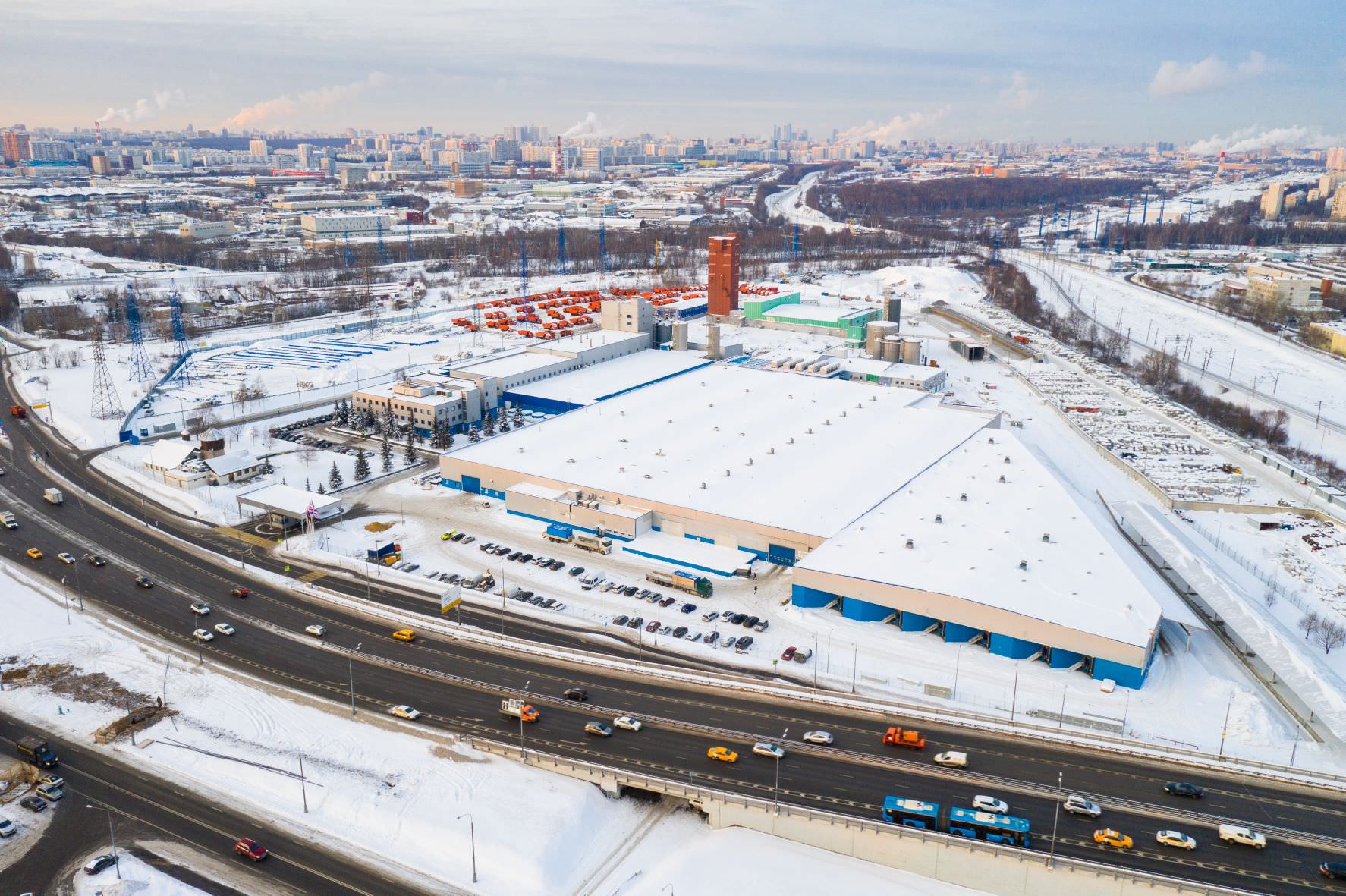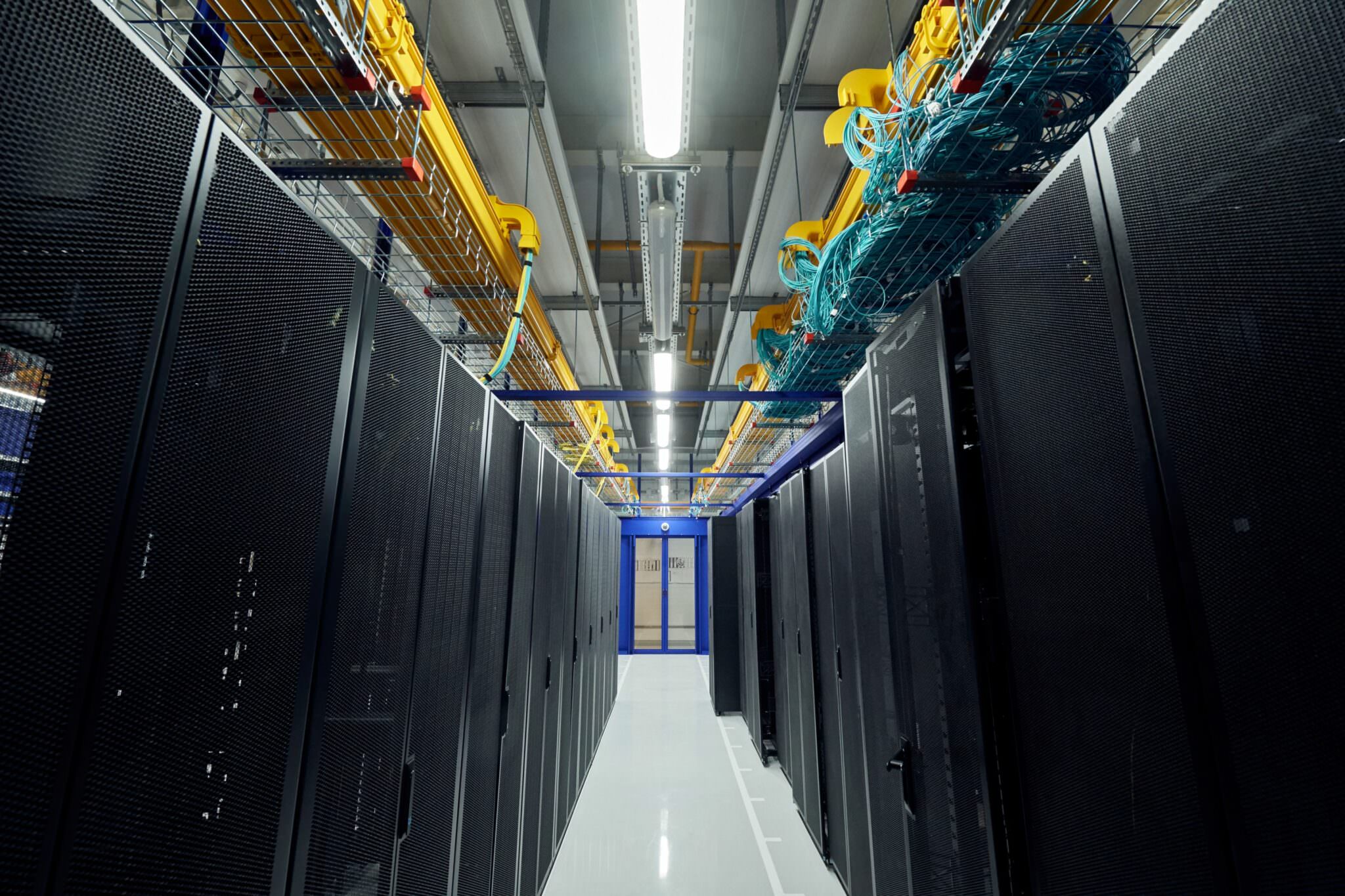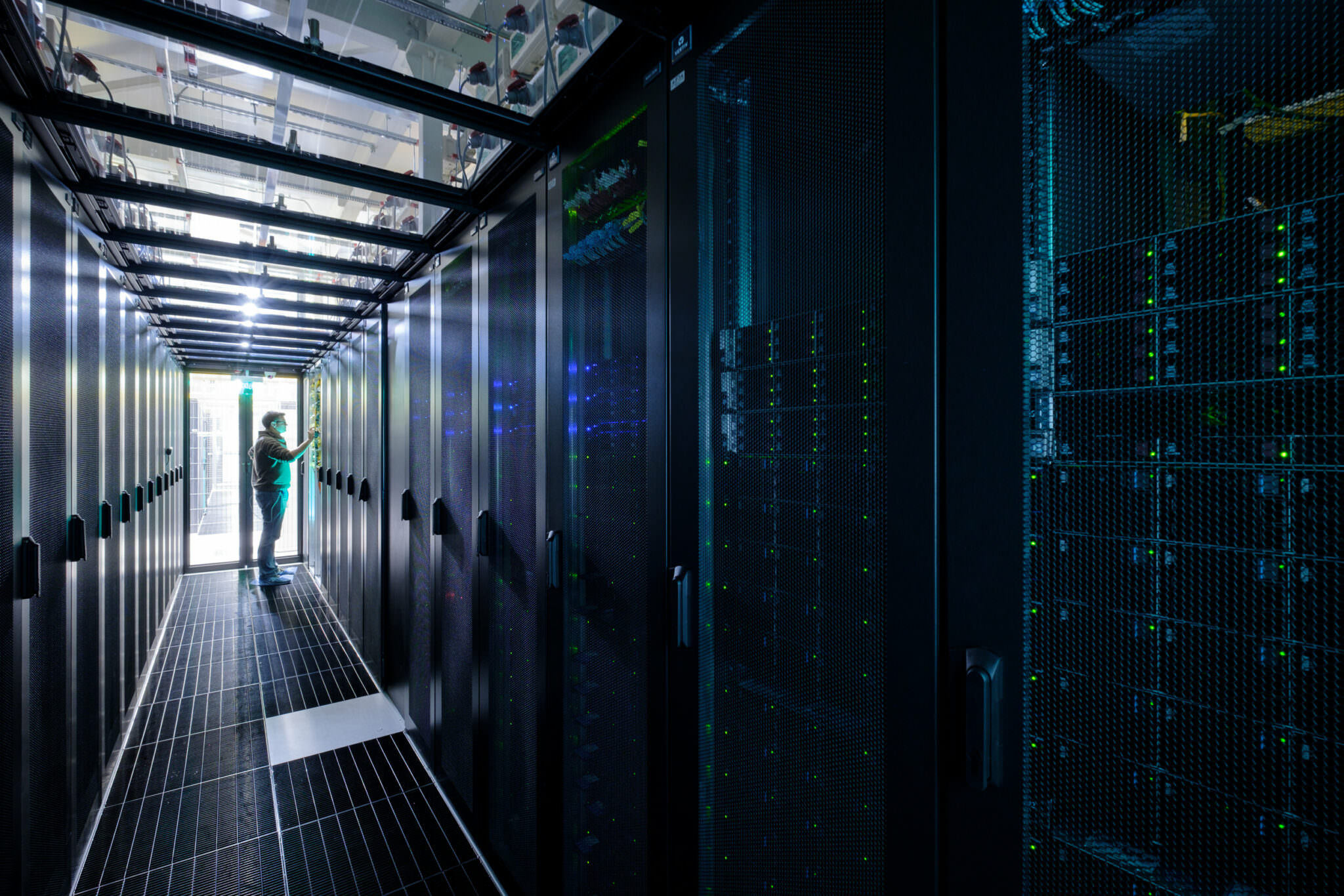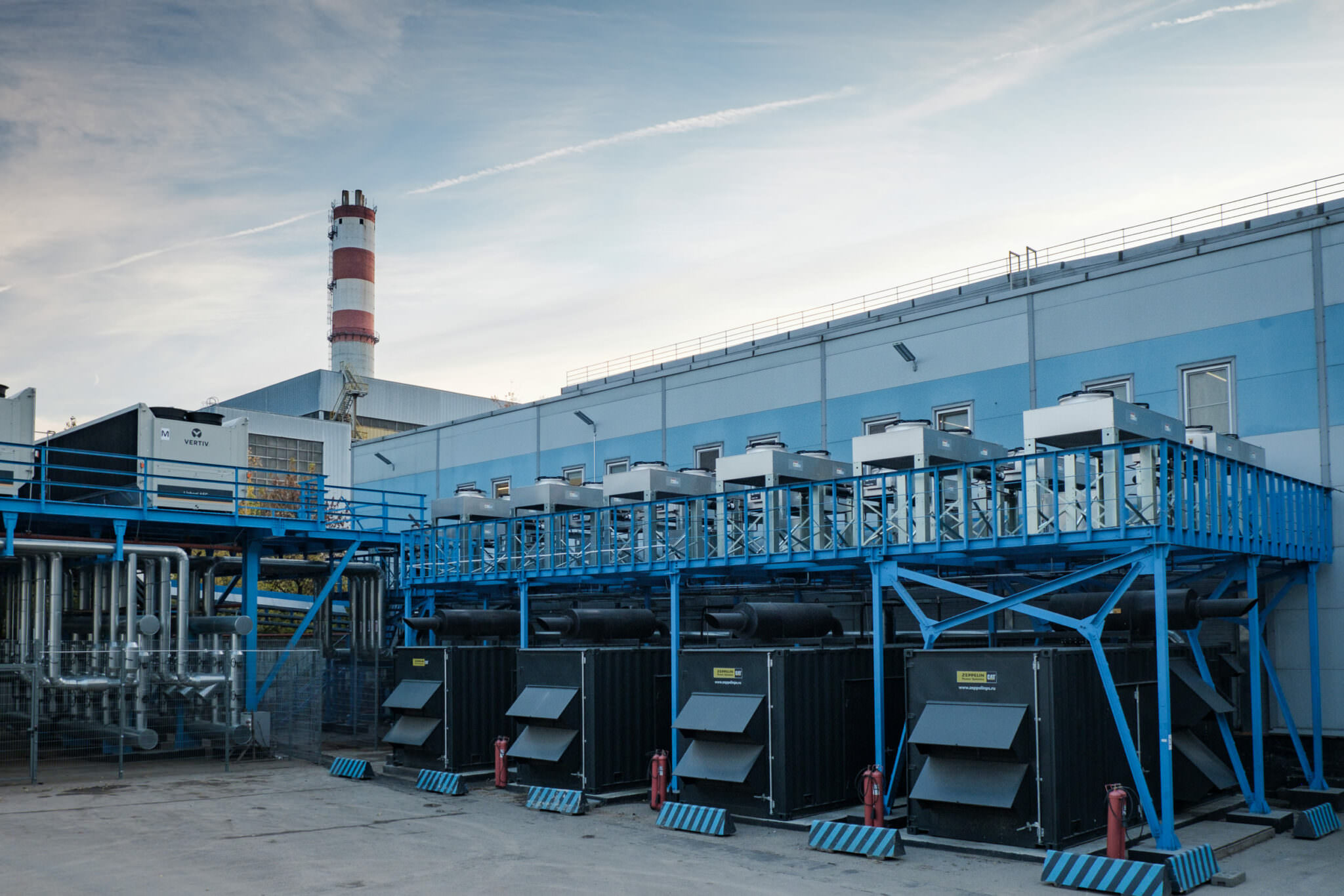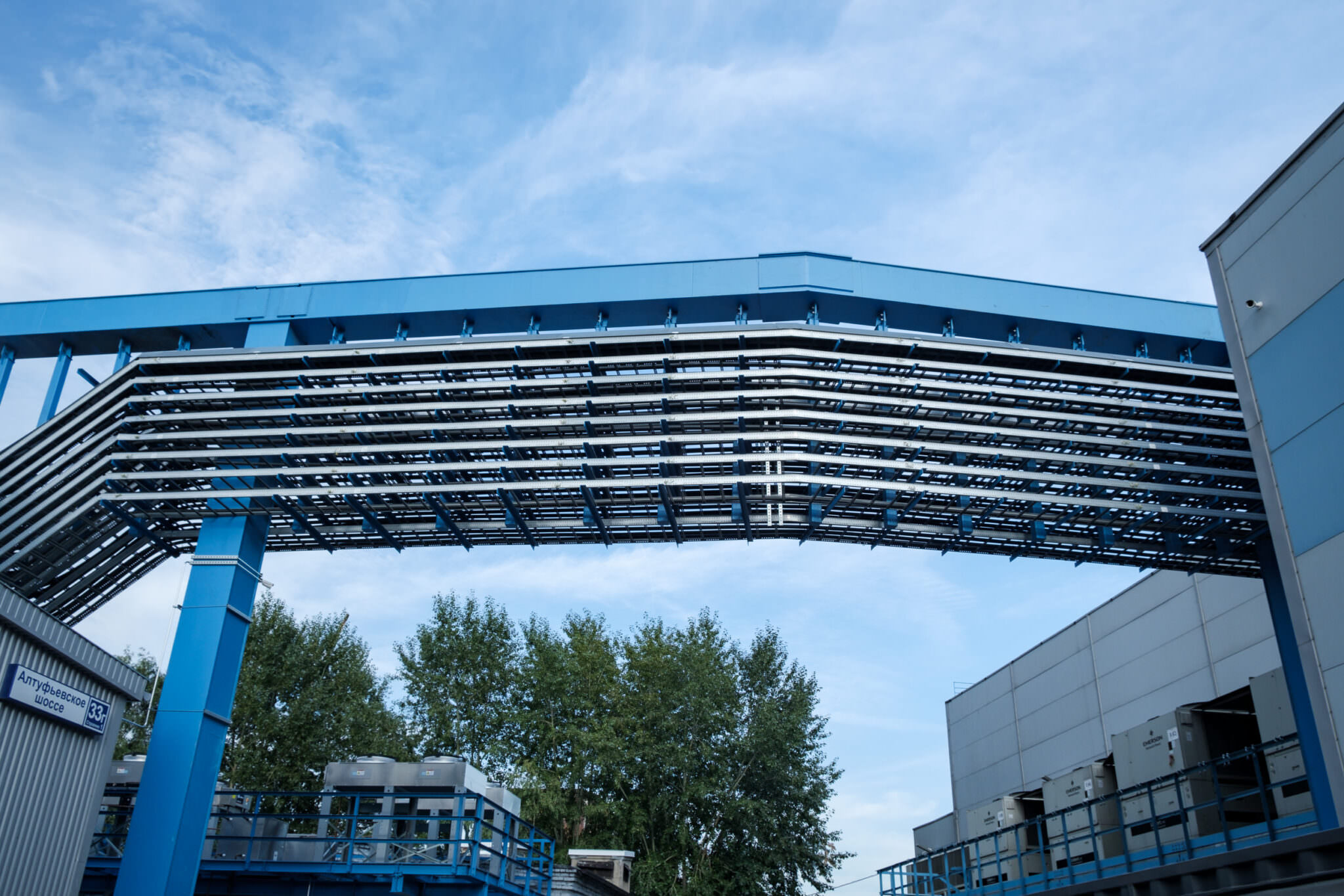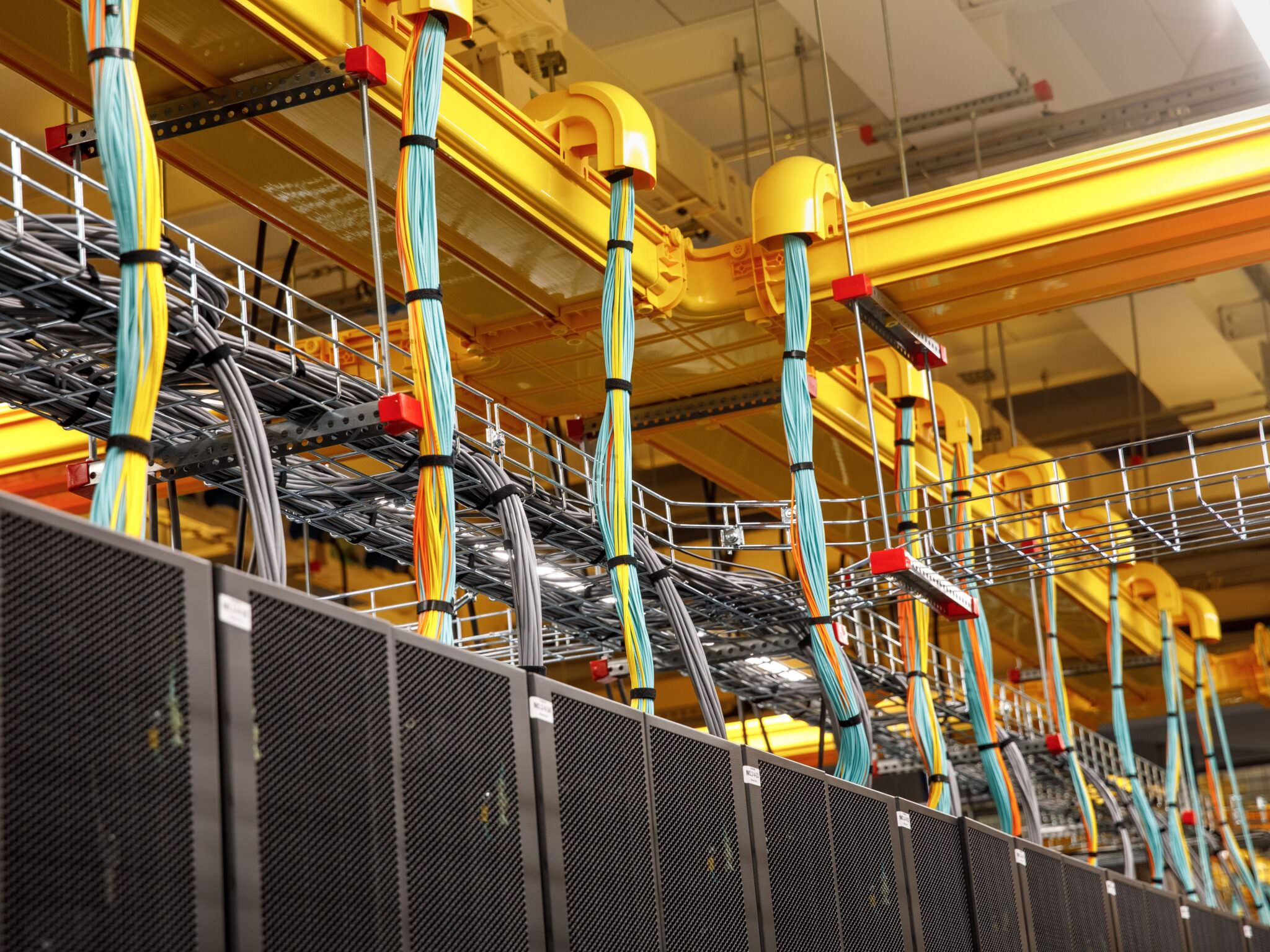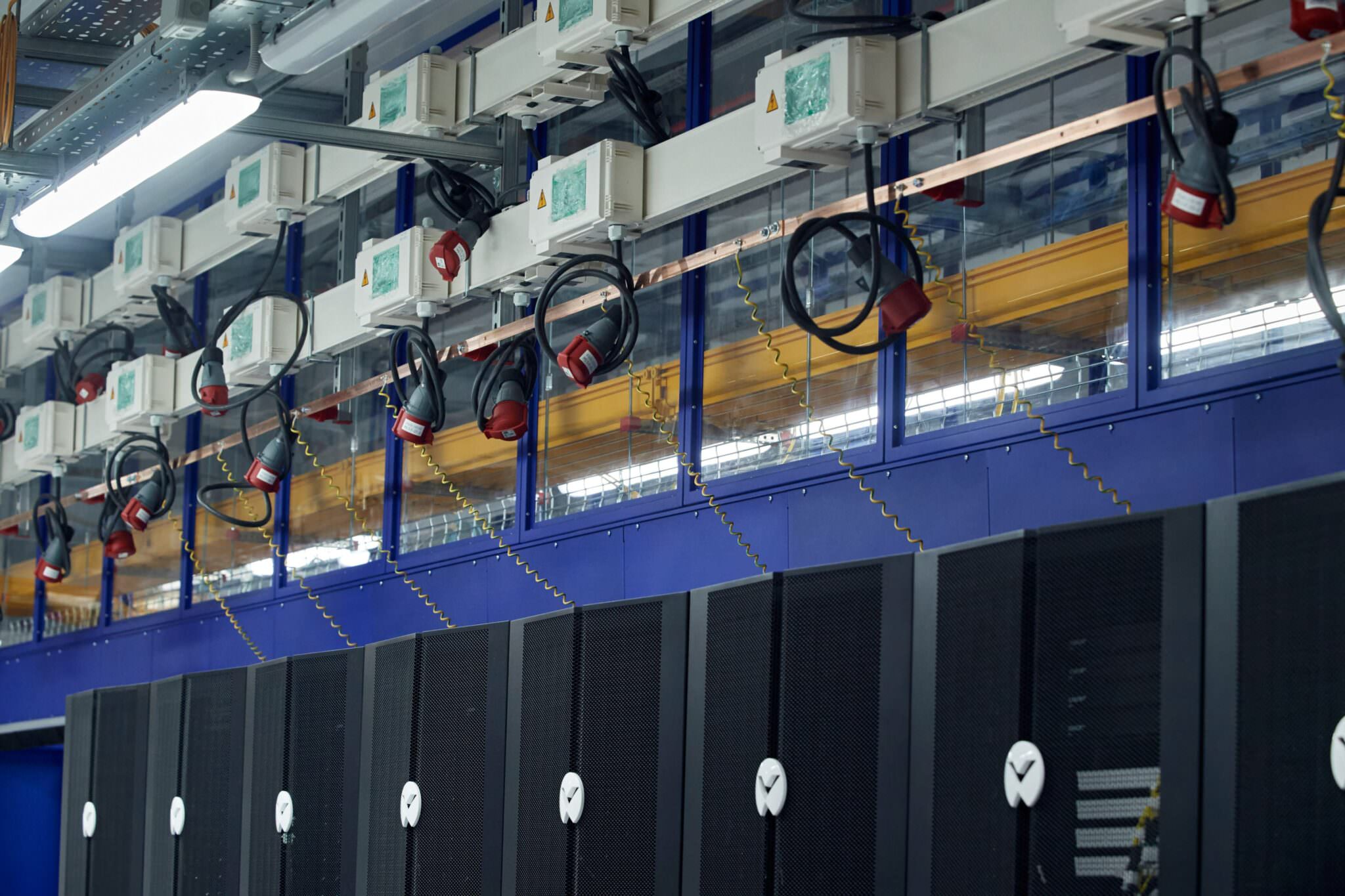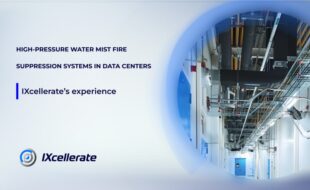Data centers? Sounds like something from spy movies…
Yeah, that too. Let me break it down for you. Life in the 21st century has taught us that we take lots of amazing things for granted. We watch films on our laptops, play online games, order pizza, make video calls, buy tickets for football matches, read news, transfer money etc. And we hardly ever think about where all of the above actually takes place. Admit it!
All these operations and computations take place inside specialized facilities called data centres. These are carefully maintained environments that house computer and telecommunications equipment while being connected to the Internet. Nearly all companies that operate digital data use data centres to support the operation of their IT infrastructure (including backup and restore systems, data control and management, and networking). It is safe to say that data centres are the backbone of the global IT industry. They host each and every process involving data transmission and processing.
Data centres enable the economy go round because it is IT operations that are key to most business processes worldwide. If a server goes down or malfunctions, this can severely impact and undermine the company’s operations. In certain situations even short downtime can cause millions of dollars’ worth of damage. This means that it is vital to provide reliable infrastructure for IT equipment, and this is exactly what data centres do.
In other words, a data centre is just a big room chock-full of computers?
Essentially, yes. BUT THERE’S A TWIST.
The mission of any DC is to provide a safe and controlled environment for failure-free hardware operation. This is controlled through 4 key parameters:
- Power supply
- Cooling
- Physical safety and security
- Connectivity (network connectivity level).
Each of these parameters can have several levels of redundancy, i.e. fallbacks, which will help the equipment to operate correctly in case of disconnection from the city power grid, prevent from overheating and unauthrized access.
Any commercial data centre offers its customers hardware hosting services, but the service uptime (and cost) depends on the capabilities and redundancy level of the DC itself. For instance, the guaranteed uptime of the IXcellerate data centres meets the Tier III requirements (as per international classification). This means that our data centres guarantee 99.982% service availability. In other words, we stipulate in the contract that unscheduled downtime for hosted hardware is limited to 5 minutes and 16 seconds per year.
So, yes, a data centre is “a room chock-full of computers”, which consumes electricity as several city blocks.
How modern data centres are different from the old ones?
The digital age has raised the bar not only for the data storage requirements, but also the approach of doing so. Services provided by modern commercial data centers are usually called ‘colocation’. This made-up term means that such data centers host in the same data hall the equipment of a whole number of companies, each with its own infrastructure conditions and business goals. Colocation environments can form entire digital ecosystems, which can benefit all its participants.
Much like a major airport services a variety of airlines, enabling flights to multiple destinations, modern data centre provides integrated infrastructure for hundreds of businesses, offering them a wide choice of and flexibility in content and data distribution options.
And why would companies use commercial data centres? Isn’t it easier to set up an in-house server room?
To be sure, a company can have its own server room to house its computer equipment. But this is too much of a gamble in today’s world—any error can cause serious financial and reputational damage. According to the statistics from the market analysts of the Network Computing company, an hour of downtime can cost a major company (with more than 1,000 staff) losses averaging as much as $2 million (the amount varies from sector to sector).
On top of that, many companies simply cannot afford to build a data centre of their own. Here’s why:
- You need to hire many skilled technicians, but they are thin on the ground at present.
- To build, outfit and maintain such a facility is difficult and expensive, but most importantly, you will need a lot of room and access to energy products
- The COVID pandemic has increased equipment supply times, which is why a construction project may take a long time to complete
And how do companies settle on a choice of DC?
The CEOs of successful companies have long understood that in entrusting the storage and processing of their core information to professionals, they take the best possible care of the IT environment of their business.
Just as in many other cases, your best choice is to use the services of tried and true data centre operators. You should also decide in advance what service level you need and make sure the hoster meets the requirements imposed.
When visiting the data centre, you need to pay attention to the installation workmanship of various systems. This will enable you to ascertain the skills of the engineers who built the facility and the competence of the operating team that accepted it. You should also review the customer service and equipment maintenance policies, as well as reviewing the redundancy level in the room that is to host your servers. That done, you can negotiate the price and the specifics of your project.
Follow @IXcellerate on our Telegram
